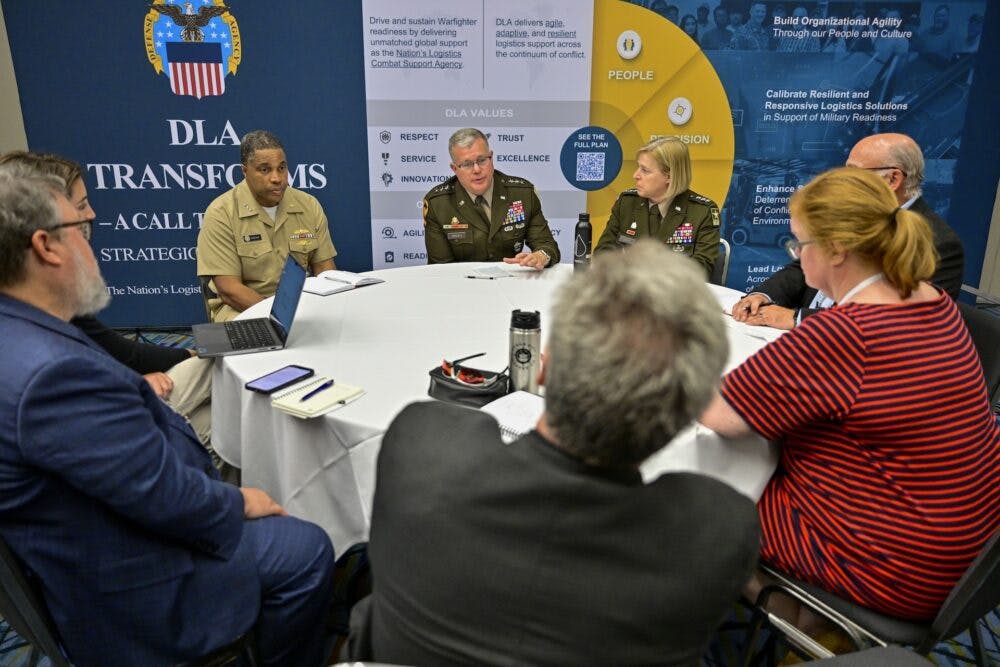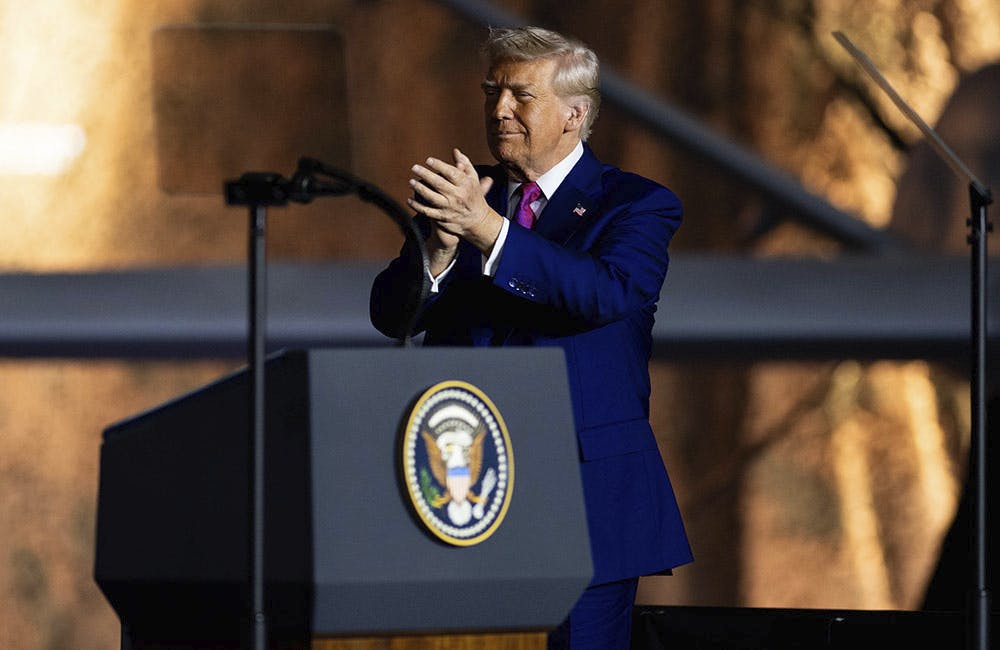Spacecom Aims for Space Defense Readiness by 2027
Space Command’s Gen. Stephen Whiting looks to strengthen partnerships as space sphere threats evolve among adversaries.

U.S. Space Command is bolstering international and commercial partnerships to maximize combat readiness and address proliferating threats posed by China, Russia, North Korea and Iran, Spacecom Commander Gen. Stephen Whiting said this month.
“China is moving at breathtaking speed, they’ve moved to field counterspace capabilities very quickly,” Whiting said during a Schriever Spacepower Series webinar. “We are all concerned about the rate at which China is developing in space, and we want to make sure that we’re working as well to gain together because we do believe we’re all stronger together.”
At a Senate Armed Services Committee hearing in February, Whiting cautioned that the U.S. is facing a “window of vulnerability” to counter adversaries and designated China and Russia as key concerns impacting the combatant command’s efforts.
In response to the growing sense of cooperation in the space sphere among China, North Korea, Iran and Russia, Whiting highlighted that the U.S. defense enterprise’s system of alliances is a unique component, bringing distinctive perspectives and delivering capabilities.
With 33 different international agreements for space situational awareness and an amplifying commercial sector, partnerships are critical to enhancing the U.S. competitive edge and defend current constellations against threats, added Whiting.
“Our [alliance] system makes us stronger and helps us develop resilience and build capacity,” Whiting said. “We can bilaterally share information and then develop tactics, techniques and procedures together.”
According to Whiting, Spacecom’s paramount priority is to make provisions to optimize combat readiness by 2027. He noted that leveraging tests, operations and exercises with partners is critical to operating more effectively.
In January, China had 359 intelligence, surveillance and reconnaissance satellites in orbit, three times the number in 2018. As a result, the command is shifting its strategic mission to conduct dynamic, partnered and integrated space operations to defer aggression and fortify posture.
Whiting also called attention to the significance of his first international trip to South Korea and Japan, emphasizing that collaboration is critical to strengthening initiatives and leveraging expertise to defend threats.
“As countries like China and Russia have made their terrestrial forces more lethal, more precise and more far ranging because they’ve gone to space — we must help our joint force to be protected against those space enabled capabilities,” Whiting said.
This is a carousel with manually rotating slides. Use Next and Previous buttons to navigate or jump to a slide with the slide dots
-

DOD Can No Longer Assume Superiority in Digital Warfare, Officials Warn
The DOD must make concerted efforts to address cyber vulnerabilities to maintain the tactical edge, military leaders said at HammerCon 2025.
4m read -

Tracking CIOs in Trump's Second Term
Stay informed on the latest shifts in federal technology leadership as new CIOs are appointed and President Trump's second term takes shape.
6m read -

DHA CDAO Spearheads Master Data Catalog to Boost Transparency
Jesus Caban plans to boost DHA's data maturity through a new master data catalog, governance frameworks and inventory of tech tools.
5m read -

IRS Makes Direct File Code Public as Lawmakers Debate Program’s Fate
The agency sees the Direct File source code as beneficial to government digital services despite what happens with it in proposed budgets.
5m read -

Inside Oak Ridge National Lab’s Pioneer Approach to AI
Energy Department’s Oak Ridge National Lab transforms AI vulnerabilities into strategic opportunities for national defense.
22m listen -

A Look at Federal Zero Trust Transformation
Recent developments from CISA and DOD show how government is advancing zero trust quickly.
20m read -

New Army Acquisition Plan Cites Autonomy, Predictive Analytics
Officials outline how the Army Transformation Initiative signals a broader shift toward efficiency with tech and acquisition reform.
4m read -

DOE National Labs Launch New AI Tools for Operational Efficiency
The Energy Department's National Laboratories are using AI to increase operational efficiency and drive research efforts forward.
3m read -

AWS Summit: Innovation Accelerates IT Delivery at DOD
Marine Corps Community Services is tackling outdated IT processes with agile development and cutting-edge cloud security to deliver mission-critical capabilities faster.
12m watch -

AWS Summit: NIST Secures High-Performance Computing Against Evolving Threats
NIST’s Yang Guo reveals the broad attack surface of high-performance computing and explains developing guidance and future-proofing security strategies.
9m watch -

Trump Overhauls Federal Cybersecurity with New Executive Order
The new directive aims to strengthen digital defenses while rolling back "burdensome" software requirements and refocusing AI security.
3m read -

AWS Summit: Forging Successful Cloud Modernization Partnerships
Industry leaders share insights on the critical role industry partnerships have in enabling government agencies to navigate procurement challenges for cloud and zero trust solutions.
24m watch Partner Content
















